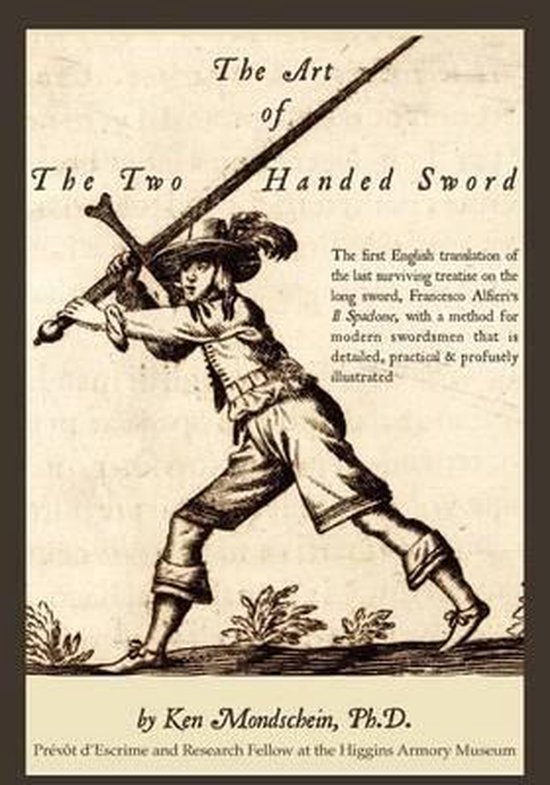The Art of the Two-Handed Sword translates one of the last surviving works on the use of the two-handed sword, also called the great sword, a Renaissance descendant of the medieval knightly weapon that was equally at home on the battlefield, at tournaments, in the fencing academy, or on the street. The second half of the book provides a clear, practical, detailed guide to its use, as well as to the theory and practice of historical fencing. Francesco Alfieri's 1653 Lo Spadone (The Two-Handed Sword), translated here, provides a "missing link" between medieval and modern martial arts. It displays clear continuity with both medieval swordsmanship and the still living traditions of sabre and great stick. Beginning in the 14th Century, swords became more sharply pointed in order to pierce the heavy plate armor of the day, and the grip became longer to allow two-handed use for greater power. By the end of the 15th Century, the two-hander, as long as a man is tall, had become a fearsome infantry weapon used to break up pike formations and in honor guards defending the standard or banner. It was also used in tournaments, on the field of honor, and for civilian self-defense. This long two-hander was known in Italy as the spadone. Its basic methods have continued to the present day in great stick technique. The Art of the Two-Handed Sword is the first complete English translation of Alfieri's book, supplemented by related materials: the MS Riccardiano (c. 1550) and works by Camillo Agrippa (1553), Giacomo di Grassi (1570), and finally Guieseppe Colombani (1711), who provides our last textual reference to the weapon. Alfieri's work is supplemented by Ken Mondschein's painstaking reconstruction and adaptation of longsword practice for the present day. He draws on primary sources, martial arts traditions, classical and modern fencing theory, and extensive practical experience to create a practical and enjoyable method for learning and practicing the spadone under modern conditions. Numerous photographs illustrate the techniques that he describes.
